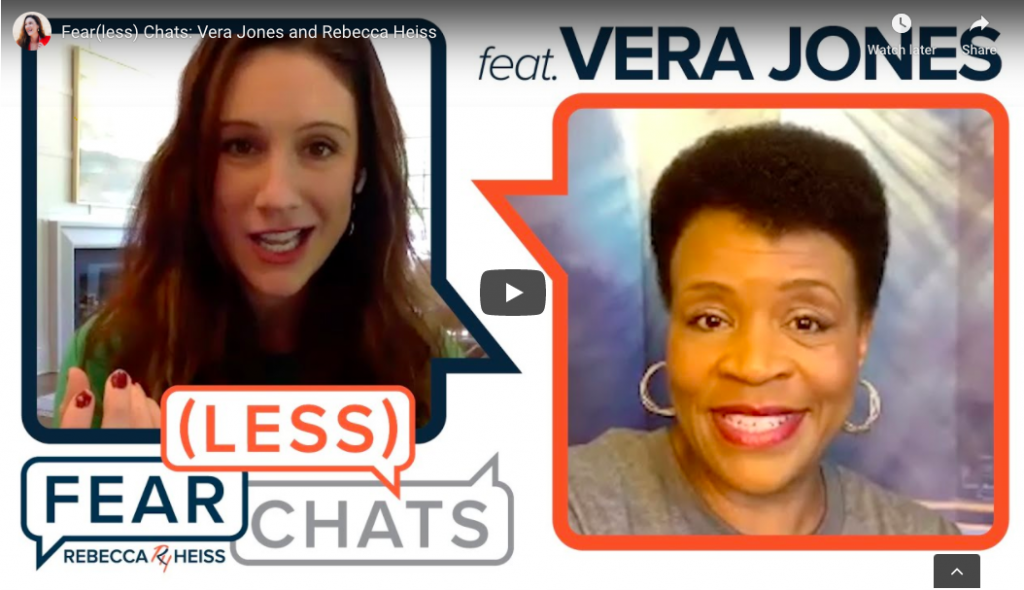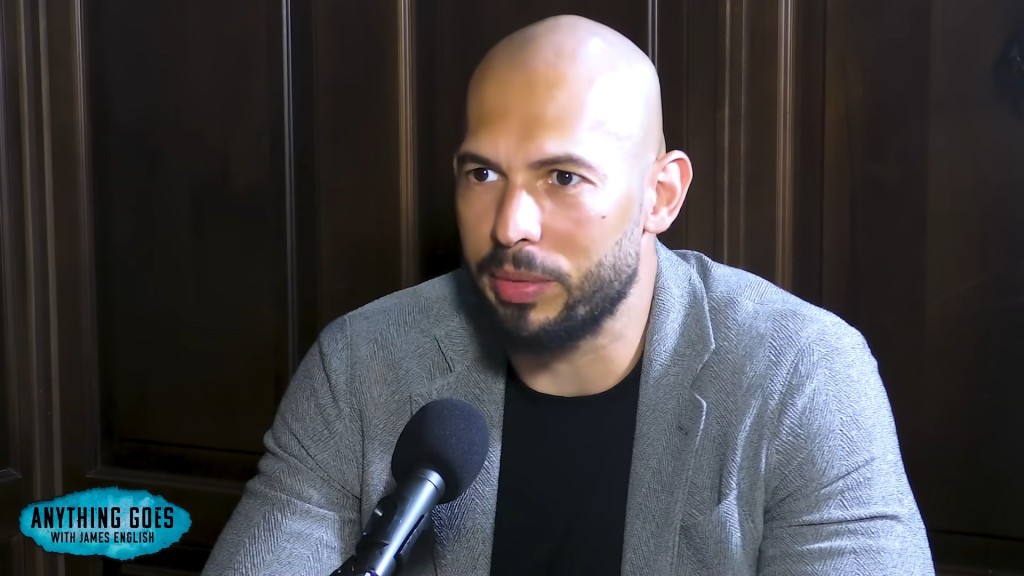Saying No is hard. Our brains can quickly get into a fearful state when we start holding our own boundaries. It means sticking our neck out. Turning our backs on the emotional and psychological reward of a dopamine hit that we get when we, as social beings, go along with the tribe (even when we don’t want to). Because at heart, most of us truly WANT to be easy-going, liked, popular…and yet holding boundaries by learning to say NO is paradoxically one of the most certain ways we can ensure our social success. That’s why I’m offering 3 strategies to help you better hold your own boundaries when you need to say NO.
As a stress physiologist and evolutionary biologist, I’m no stranger to the biological drivers that underpin our behaviors. It’s easy for us to find ourselves saying yes FAR too frequently because it’s the evolutionarily “safer” route. What we have to recognize is that every time we are saying YES when we don’t want to, we ARE actually saying NO – to ourselves.
Here are 3 ways to help us begin to recognize and respond to, rather than react to, the social pressure of yes.
1. Consider the tradeoff costs. Ask yourself in the moment, is my response to this thing I’ve been asked to do a HELL YES? If not, TED Speaker and author Derek Sivers, would say that you are in definite NO territory. If you can avoid the gray in between areas you’ll have more time, energy, and focus for the things that will really excite you.
2. Buy yourself some time. Ask the person making a request of you to email you so you can check your schedule, or with your family, or with whatever you might plausibly need to check. While this scenario isn’t completely ideal because you are now just kicking the can down the street a ways (you will eventually have to answer an EMAIL now) many people find that this strategy works best for them if they freeze up in the moment. But be warned, when it comes to the part where you actually have to respond “no” don’t add on excuses.
I can’t, I have a family obligation.
Oh well, bring the kids!
It’s just a really busy day today.
Oh doesn’t have to be today, let’s look at next week.
Essentially you’ve invited the person asking you to “help” you find a way to meet their request or re-ask in a way that invalidates your justification. No, with an excuse can be interpreted as you saying,
“No, but I really really want to. Please help me find a way to make this happen.”
We waste time, and end up in an awkward situation that leaves everyone feeling uneasy. The key to remember here is that “NO” is a complete sentence. You don’t owe anyone anything more than that. It’s not rude, it’s a boundary that you have every right to protect without having to justify it.
3. Ask yourself, if I had to do this thing right now, at this very instant, would I do it? It can be easy to think our future selves will feel more generous with the time we have but the reality is that if the answer is NO in the moment, it will still be a NO the following week, month or year. We are saving our future selves from the hassle of doing something we never wanted to do to begin with.
People pleasing behavior leaves us feeling unfulfilled, because ultimately we are trading our own time and interests in the favor of others. Rather than allow guilt and fear to steer the course of our lives, what if we recognized the time commitment and tradeoffs of every single YES. A simple “no” allows us to more thoroughly celebrate JOMO, or the joy of missing out, on anything other than HELL yes in our lives.









